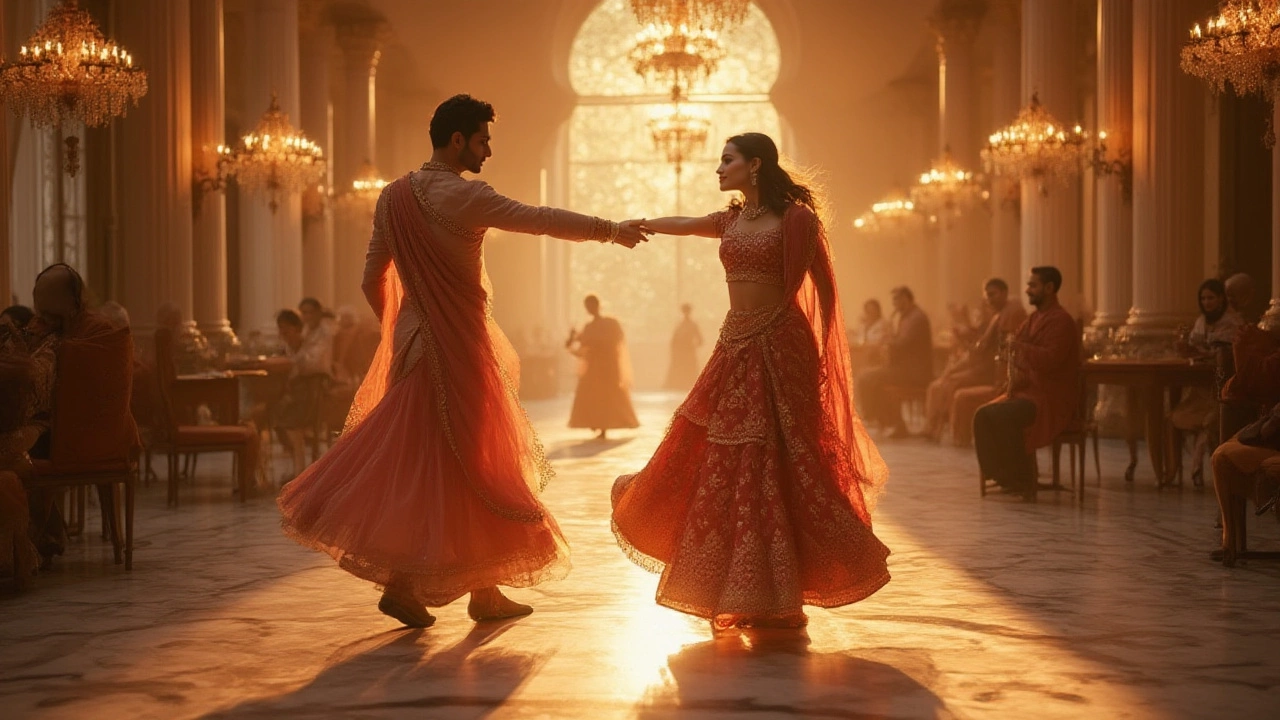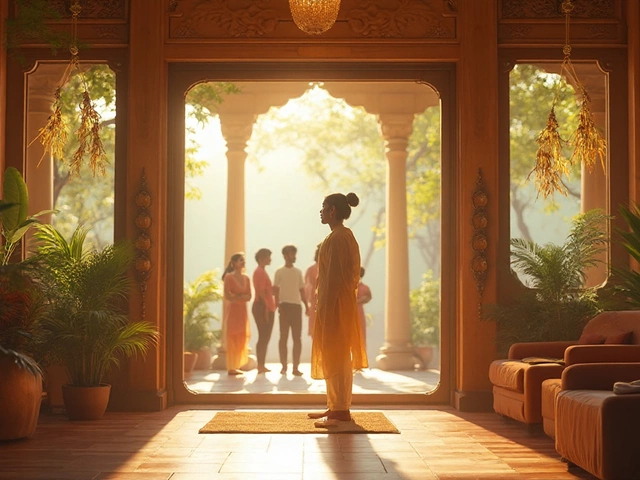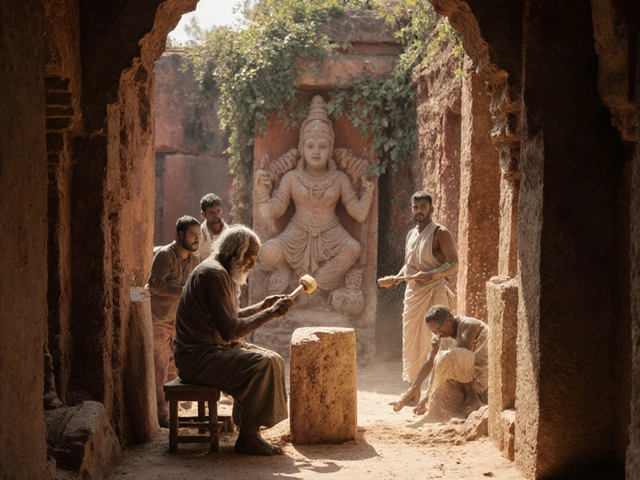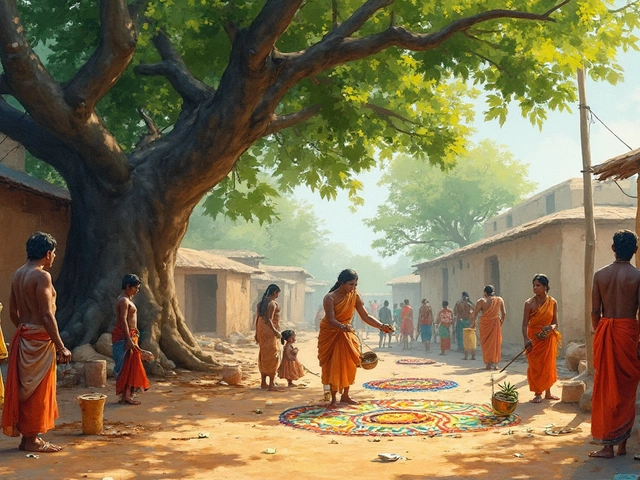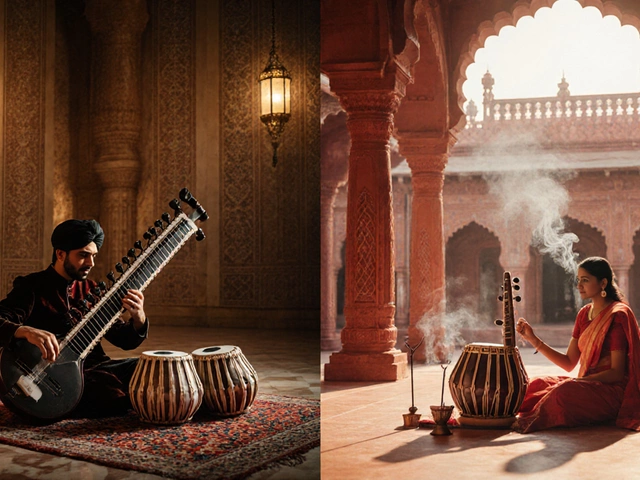Picture a night lit with soft golden lights, music swirling in the air, and bodies moving with such effortless grace that you wonder if gravity forgot about them. Elegance in dance is magnetic—it can feel impossible to look away. But what actually makes a dance form 'the most elegant'? Is it the rigid backs and billowing gowns of ballroom, or the hushed storytelling of a traditional court dance? The word 'elegance' itself means something slightly different to everyone, but in the world of dance, something fascinating happens: certain forms consistently rise to the top when people think of style, grace, and sheer beauty.
This isn’t just about pretty movements. Elegance in dance often demands insane technical skill, disciplined posture, and an emotional connection that goes straight to the heart. Whether it’s the sweeping waltz, the precise lines of ballet, or the hypnotic hand gestures of Indian Kathak, elegance is a thread connecting centuries, continents, and cultures. It's the language lovers use in grand halls, the spark that lights up ancient courts, and the tradition that lives on in the studios and living rooms of today. So, let’s go straight to the source and unravel what gives these dances their magnetic pull—and which stand tallest in the pantheon of elegance.
How Cultures Around the World Define Elegance in Dance
Take a step into any corner of the world, and you’ll find a dance that locals swear is the definition of elegance. The thing is, each culture frames elegance in its own unique light. For the French, it might be the exquisite footwork and regal carriage of ballet—think of how Paris Opera Ballet has become shorthand for poise. In Vienna, elegance swings to Strauss's waltz, couples gliding in 3/4 time across marble halls, the weight of centuries behind every turn. Meanwhile, in Japan, elegance whispers through the constrained, precise movements of Nihon Buyo and Noh theatre, where holding a gesture can say as much as a fast pirouette in the West.
Even within a country, definitions can shift. Italy might tout the stately minuets of its Renaissance courts, while up north, Finland’s tango scene brings a soft, melancholic style to partner dance. In the Middle East, elegance shimmers in the hands of a whirling Darvish or in the slinky control of classical Egyptian raqs sharqi—both manage to capture attention with almost no effort. The goal isn’t always to dazzle with technical might, but to project an aura of ease, refinement, or sometimes that hard-to-nail balance of both.
Interesting fact: A study published by the Journal of Cross-Cultural Psychology in 2019 found that audiences from diverse backgrounds overwhelmingly associated 'elegance' in dance with slow, controlled, continuous motion and a visible connection between dancer and music. So while style varies, that controlled fluidity is a universal thread.
Take ballet, for instance. Often sitting atop the global imagination of elegance, its roots run back to 15th-century Italian courts, but it blossomed in the courts of Louis XIV. With its pointe shoes and impossibly long lines, ballet seems almost designed to show off refinement of human movement. It’s the same with Indian classical dances like Bharatanatyam or Kathak—elegance radiates from their geometric hand positions and storytelling gestures.
But what about contemporary forms? Urban styles like lyrical hip hop or ballroom fusion are proving that elegance can come from mixing old with new, embracing gravity while waving goodbye to tradition. My son Renzo recently surprised me with a clip of a contemporary group blending ballet technique and street style, and the elegance wasn’t lost—it was redefined. Elegance in dance isn’t defined once and left alone; it evolves, keeping its roots but always pulling in fresh energy from the world around it.
Dances That Set the Bar: Styles Considered the Most Elegant
Let’s put some names to the forms that keep topping elegance polls. If you peek at competition circuits or pop culture, three styles often steal the spotlight: the waltz, the ballet, and the Argentine tango. Of course, there’s no objective meter for elegance, but these forms have built reputations stretching far beyond their original communities.
First, the waltz. In the early 1800s, this dance was considered scandalous—partners holding each other close, whirling across polished floors to music by Strauss or Chopin. Today, the waltz embodies grace, its rise and fall mirroring the flow of breath itself. Look at the chart below, and it’s no surprise why ballroom dance schools always highlight the waltz as a showcase of poise:
| Dance Form | Country of Origin | Key Features |
|---|---|---|
| Waltz | Austria | Closed hold, gliding movement, rise and fall |
| Ballet | Italy/France/Russia | Turnout, pointed toes, long lines, storytelling |
| Argentine Tango | Argentina | Intense connection, precise footwork, embrace |
| Kathak | India | Expressive gestures, spinning, storytelling |
| Nihon Buyo | Japan | Slow, controlled movements, focus on detail |
Ballet probably needs no introduction. It’s hard to deny its world domination as the language of elegance, precision, and athletic artistry. From the flowing adagio of Swan Lake to the power-packed leaps in Don Quixote, ballet’s technical challenges are matched by its commitment to refinement. Interesting tidbit: studies have shown that ballet dancers have the highest foot-arch strength of any athletes measured—which partly explains those sky-high leaps and feather-light landings.
Then there’s the Argentine tango. It stands out for its intensity and its steely softness: partners reading each other through the smallest shift, led by breath and subtle pressure. Legendary tango composer Astor Piazzolla once said, "In tango, elegance is invisible but always present." Its choreography isn’t just for show—it’s a living language between two people. If you’ve ever seen champions glide across a dim bar in Buenos Aires, you know why elegance doesn’t need volume to be captivating.
Of course, regional court dances—from Vietnam’s classically trained mua ba ba to the subtlety of Korean jongmyo jeryeak—bring their own kind of grace. In these settings, elegance comes as much from respect and tradition as technicality. Every tilt of the head, every wrist turn, carries decades or centuries of culture, making each dance a living archive.
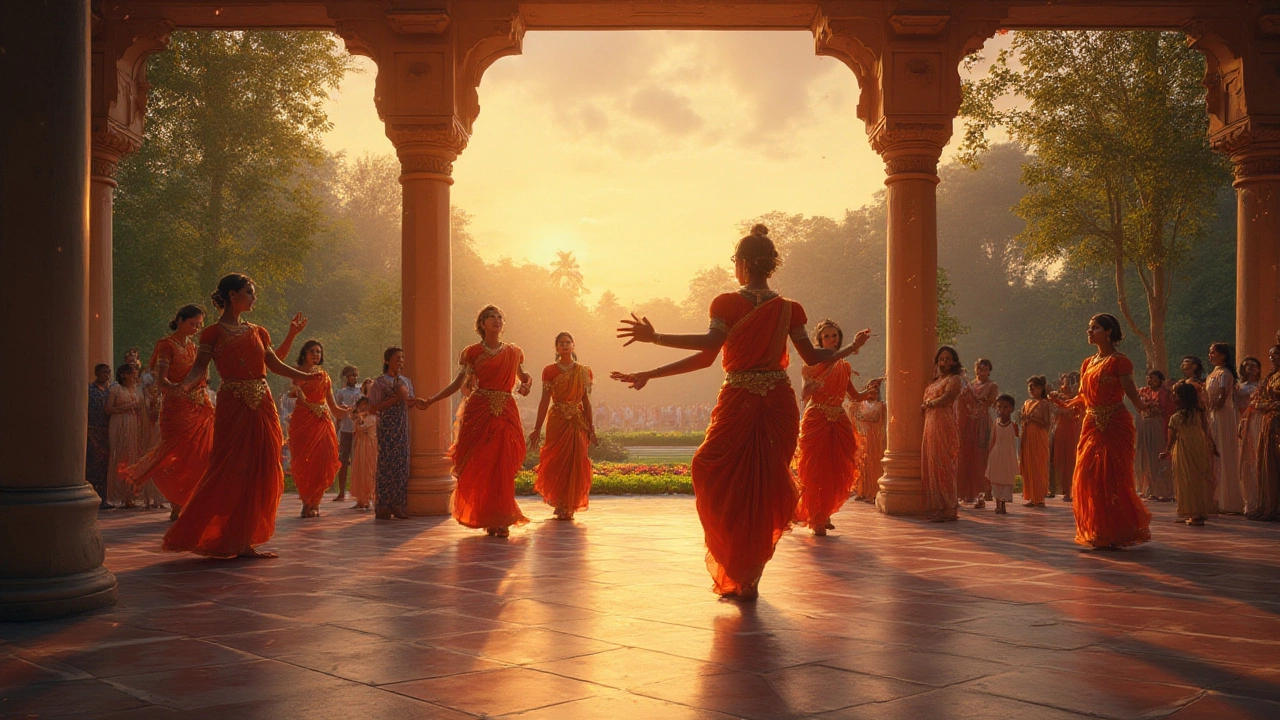
The Science Behind Grace: What Makes Dance Appear Elegant?
You don’t need to be a choreographer to sense when a dance oozes elegance. But surprisingly, there are objective factors at play that scientists and psychologists have tried to nail down. Elegance isn’t just about beauty—it’s also about efficiency. The human eye is drawn to energy that looks like it’s being expended with next to no effort. So when a quickstep or a bourée slides across the stage and lands with poise, your brain recognizes it as both skilled and pleasing.
Research out of University College London found that viewers consistently rated performances as more 'elegant' if the dancer’s movement included:
- Continuous, flowing motion (no jerks or stops)
- Predictable, rhythmic patterns
- Strong but relaxed posture
- Subtle interactions between partners
- Harmony with the music
The interesting part is that you don’t have to be a dance expert to spot elegance. In one 2022 MIT experiment, even participants who’d never seen ballet before recognized certain phrases as more 'poised' or 'graceful,' lining up with the choreographers’ opinions almost every time.
There’s also the costume angle: long dresses, tails, satin pumps, and gloves aren’t practical, but they magnify each movement and amplify that sense of refined drama. Classical Indian and Japanese dances use silk robes and delicate hair ornaments, not just for tradition, but also to enhance the flow and silhouette of movement. So, while skill is at the core, what you wear and even the lighting play a psychological trick, focusing attention on the smoothest aspects of the performance.
That means if you want your waltz or tango to feel more *elegant dance style*, your first step is to lean into fluidity. Dancers often practice in slow motion, ironing out jerky spots and finding places to breathe. My own son’s dance coach has a favorite trick: “If it looks hard, you’re doing it wrong. If it looks like you’re floating, you’re probably nailing it.” This is why top ballroom or ballet dancers spend more time practicing transitions—those seemingly simple moves between big steps—than anything else.
How to Learn and Embody Elegance in Dance
If you’ve ever thought it takes a lifetime of training to look elegant on the dance floor, I get it—the pros make it look unattainable. Truth is, anyone can improve their elegance in dance with a mix of attention, patience, and honestly, a little willingness to mess up gracefully. Here’s what pros, teachers, and cultural experts suggest if you want to embrace more *elegant dance styles* yourself, whether in class or at a wedding reception:
- Posture is everything. Nearly every classic dance—waltz, ballet, Kathak, or even ballroom Latin—begins with spine extension, a relaxed but lifted ribcage, and shoulders dropped comfortably.
- Slow down. Speed magnifies mistakes, but elegance hides in subtlety and control. Dancers and therapists both recommend filming yourself at half-speed.
- Know your limitations. Discomfort translates directly to tension. The pros train beyond their range, but social dancers should focus on comfort, stretching, and avoiding anything that feels pinched or awkward.
- Music is your anchor. Even the most technical dancers let the melody guide the ebb and flow. Listen for the accents—waltz has that distinct one-two-three, tango leans into the syncopation.
- Costume can help. You don’t need a floor-length gown, but picking clothing that flows (think skirts, slacks, or soft-fitting tops) can make your movements look more coherent.
- Less is more. Each gesture, especially in partner dance or traditional forms, can say plenty even when minimized. Watch videos of experienced dancers—notice how rarely they overdo it.
Also, don’t be afraid to grab a friend or your kid and just experiment. When Renzo and I practice at home, we start with music from different countries and mimic what we see in authentic recordings. Sometimes, we end up a little clumsy, but other times—usually after giving up on perfection—the whole thing just feels right. There’s a reason even seasoned pros recommend going back to basics and re-learning with curiosity.
Finally, remember that elegance isn’t just for show. Studies have linked dancing—especially practices like ballroom, ballet, and Indian classical forms—to improvements in posture and mood, reduced stress, and even better cognitive function as you age. So even if all you get is a less-crunched back and a little bit of that swan-like confidence, you’re better off than when you started.
So which is the most elegant dance form? No one can settle the debate for good. Maybe it’s whatever makes you feel like you’re gliding—on a ballroom floor, a stage, or even just your own living room rug. And honestly, isn’t that the most elegant answer there is?
